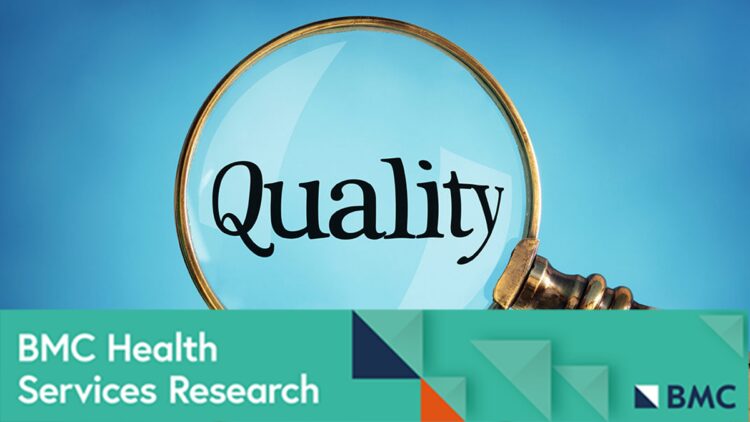The rising cost of healthcare has been a constant theme in the healthcare industry for more than a century. It has been a problem that has dominated everyone’s attention, from policymakers to healthcare providers, insurance companies, and healthcare investors.
A variety of measures have been introduced across many levels to keep costs down, from minimizing errors to better practice policies and guidelines and the use of data management technologies.
But all of this has only led to marginal gains. It even seemed at some point in the discourse that profitability is not compatible with affordable healthcare.
Many new theories for balancing affordable access to healthcare with financial sustainability seem to write off the profitability of healthcare, suggesting that the real gains be calculated in terms of the productivity and health gains enjoyed by patients and members of the community.
The pandemic and the accompanying economic downtown have only exacerbated the situation. The economic crunch has forced already financially strained healthcare facilities to think more fiscally and look for better ways to improve operational efficiency and quality of care while minimizing running costs.
In this dossier, we will discuss all the most potent theories today, enabling affordable care to be financially sustainable.
An overview of the state of healthcare financing

Throughout the past century, healthcare financing has undergone cycles of heavy dependence on public funding and market-driven funding. In the early 20s, policymakers began a serious push toward market-dependent funding for healthcare, where the cost and quality of healthcare depend on market forces.
However, leaving profit-seeking healthcare facilities to their own means would prove quite controversial, creating situations where hospitals sacrificed quality for profitability. This swung the pendulum back to greater government intervention in healthcare financing. The new era culminated in the introduction of the Affordable Care Act of 2010.
However, The ACA has been notorious for being financially unsustainable, creating a national debt burden that’ll probably take generations to remunerate.
And besides highly prolonged remuneration for Medicaid patients’ bills, hospitals are also facing revenue declines, increasing cost of labor, and shrinking profit margins. Many have resorted to drastic measures like reducing the number of staff, increasing patient wait times, delaying technological upgrades, and cutting corners with standards.
But surprisingly, hospitals charging high rates for high-quality healthcare delivery seem to be doing quite well. And there appears to be a correlation between the high cost of care and the financial sustainability of providing quality care.
Other hospitals have also developed business models that provide the right formula for financially sustainable, affordable care.
An analysis of the components that make up such sustainable business models follows.
Factors influencing the financial sustainability of affordable healthcare

In a 2015 report, a group of researchers from BMC Health Services laid out findings from investigations into links between financial management and quality of care in healthcare facilities. They concluded that hospitals that could sustain high-quality care delivery are those that can make more profit, gain access to debt financing options, pay higher wages to attract the most skilled nurses, and run highly efficient care operations.
On the other hand, they also suggested that hospitals with poor financial health and that paid lower wages would struggle to provide a high level of care.
Let’s look closer at each of the above factors.
Generating more profit
Like in many other industries, quality of care seems to attract more profits when it comes to the healthcare industry. While cost-saving measures are practical tools for maintaining sustainability, the researchers showed that investing in care infrastructure can help generate more revenue, ultimately improving profitability.
When hospitals invest in medical equipment, information technology, and hospital infrastructure, they can charge higher rates for their services, high enough to generate returns on their investment plus healthy profits. When part of the profit is, in turn, reinvested in the hospital, this fuels more quality improvements that will lead to even more profits.
Operational efficiency
While it is important to invest heavily in quality care, it is also imperative to curb wastage and reduce inefficiencies. Operational efficiency requires a hands-on approach, from entry-level nurses to high-level executives.
The hospital management needs to ensure that everyone, including nurses, runs as a highly efficient unit of the organization. They prefer nurses with a deep background in admin operations.
Nursing programs like this ABSN in Maine bring students up to speed with best practices for administrative efficiency. It positions nurses to become self-learners and self-improvers who use their initiative to tackle inefficiencies and find ways to improve productivity and efficiency in hospital operations.
Paying higher wages
Many studies show a direct correlation between nurses’ education and experience level and the quality of healthcare.
According to the researchers above, healthcare facilities taking a high-investment, high-yield approach to sustaining quality healthcare delivery invest heavily in their personnel. They offer highly attractive wages to bring in the best hands to care for their patients. And most of the increased labor cost is passed on to the patients.
Access to debt financing

A hospital’s capacity to invest in quality enhancement depends on the financing strength. Some nonprofit hospitals can raise capital for their care improvement projects through tax-exempt bonds, also known as conduit bonds. Those with highly liquid asset bases, high cash flow projections, and other liquid securities can enjoy even greater access to debt funding.
However, hospitals that either lack access to debt financing options or are reluctant to tap into existing debt facilities for various reasons may struggle to sustain high standards of care.
Conclusion

Many theories have suggested that hospitals are unlikely to churn out profits while providing quality care at an affordable rate. But real-life studies show that for hospitals to run sustainable financial models, they need to make profits and then use those, in turn, to invest in further improving the quality of care, which helps them generate more revenue.
We have highlighted the factors influencing financial sustainability in healthcare delivery. According to the study mentioned above, heavy investment in care quality improvement, increased operational efficiency, paying higher wages, and leveraging debt financing are some of the most effective ways to maintain a healthy-looking balance sheet in a healthcare facility.

